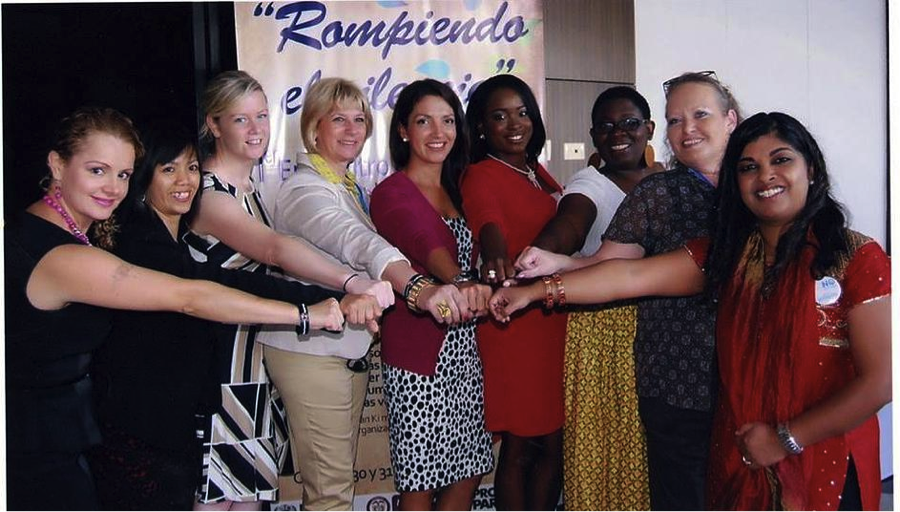The “Perfect Victim” Problem
Recently I had the opportunity to hear a prosecutor, and city human trafficking task force member, discuss the process of bringing a human trafficking case to trial. Like any prosecutor, he focused on the end goal: the jury. Was there enough proof for the jury to convict? Would the jury believe the victim? And would the jury find the victim sympathetic?
The need for the jury to feel sympathy for and connect with the human trafficking victim, meant that in deciding which cases to bring to trial and what charges to bring, the victim was a huge part of the prosecutor’s decision making process. This prosecutor praised one of his recent sex trafficking cases as being especially strong because the victim was “perfect.” She was cute. She was white, with blonde hair. She was sweet. She was young. And his favorite part: she had braces, further emphasizing her youth and innocence.
This focus on the “perfect victim” is a problem for the identification of victims and prosecution of perpetrators for any crime. However, it is especially problematic for sex trafficking and commercial sexual exploitation in part because of the stigma that exists around sex work. Because of this stigma, if a victim at any point seemingly chooses sex work, he or she is no longer deserving of “rescue” or assistance. Prosecutors therefore must maximize the culpability of the perpetrator, and minimize that of the victim. This means highlighting the innocence of the victim, and proving that the victim was never in control throughout any point in his or her exploitation.
Of course in reality, no story is so simple.
A myriad of problems stem from this “perfect victim” mindset. Andrea Romero from the Marcela Loaiza Foundation recently wrote about the prosecution of 13 accused traffickers in Argentina. Romero described three women who testified at trial, Alejandra, Blanca, and Fatima, all of whom were clearly sex trafficking victims, but all of whom also chose sex work at some point in their lives. For example, Blanca was kidnapped and forced into sex work at a brothel that was far away from her home. The first time she ran away, she ran to a local police checkpoint and the police returned her to the brothel. The second time she ran away a taxi driver told her he could take her to a brothel where she would be treated better. Without the money to return home, this was a reasonable option for her.

However, none of the women’s testimony was considered valid evidence by the judges. The judges found that the women’s “poor decisions” had discredited their accounts. Romero described how this lack of value of the women’s testimony had an extremely negative impact on the women and their self esteem. All of the women lost their will to continue to work with rehabilitative services.
The “perfect victim” mindset is also very problematic for men, boys, and transgender individuals. Victims’ ability to receive services and escape their traffickers is dependent upon the ability of service providers, especially law enforcement officials, to identify them as victims, therefore providers on the lookout for the innocent and exploited female will overlook many others in need of help.
The prosecutor I started this post with was not purposefully perpetuating the “perfect victim” idea. He was doing his job. Doing everything he could to make sure that the perpetrators were found guilty. Before this problem can be fixed we, the jury, need to start telling and hearing more complicated stories of sex trafficking and sex work.
(Photo Credit: Marcela Loaiza Foundation)
